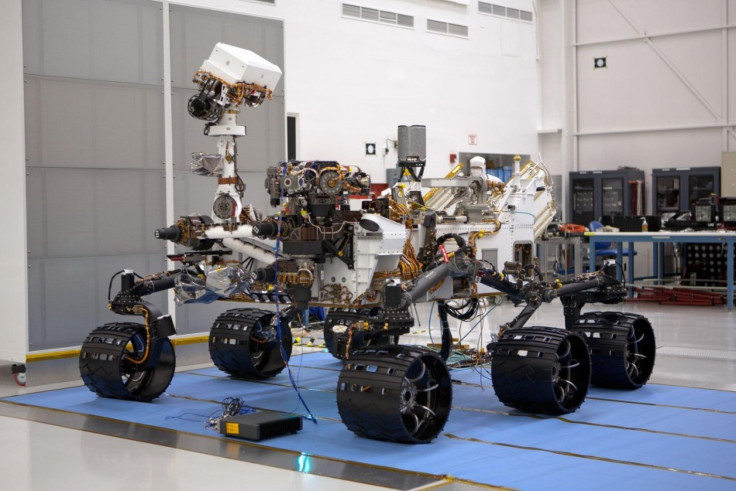NASA to Search for Water and Other Life Evidence at Mar's Gale Crater

Mars Rover Curiosity will launch from earth in late 2011. By August 2012, it’s expected to land on Mars. Then, it’s expected to conduct a 2-year study of the red planet.
The location of Curiosity’s landing on Mars is the Gale crater, which is about the size of Rhoda Island and Connecticut combined, according to NASA.
Scientists didn’t arrive at this location hastily. The search for the landing spot started in 2006 with more than 100 scientists. By 2008, they narrowed their decision down to four. Then, they unanimously chose the Gale crater.
The crater is an attractive landing spot for several reasons, especially for Curiosity’s mission of finding evidence of flowing water.
Its elevation is low, so if Mars ever had any flowing water nearby, it likely would have trickled down the crater.
Moreover, the Gale crater has an alluvia fan, which was “likely formed by water-carried sediments,” according to NASA.
Lastly, the depth of the crater also offers access to multiple layers of the Martian geography.
Besides searching for water, Curiosity will search for other evidence of life, study the current and past Martian environment (especially for suitability to life), and gather general information for an eventual astronaut visit to Mars by as early as the 2030s.
Curiosity is powered by radioisotope thermoelectric generators and is “nominally designed for 5 to 20 kilometers (3 to 12 miles) of travel,” according to NASA. It sports 10 scientific instruments to assist its Mars mission.
© Copyright IBTimes 2024. All rights reserved.





















